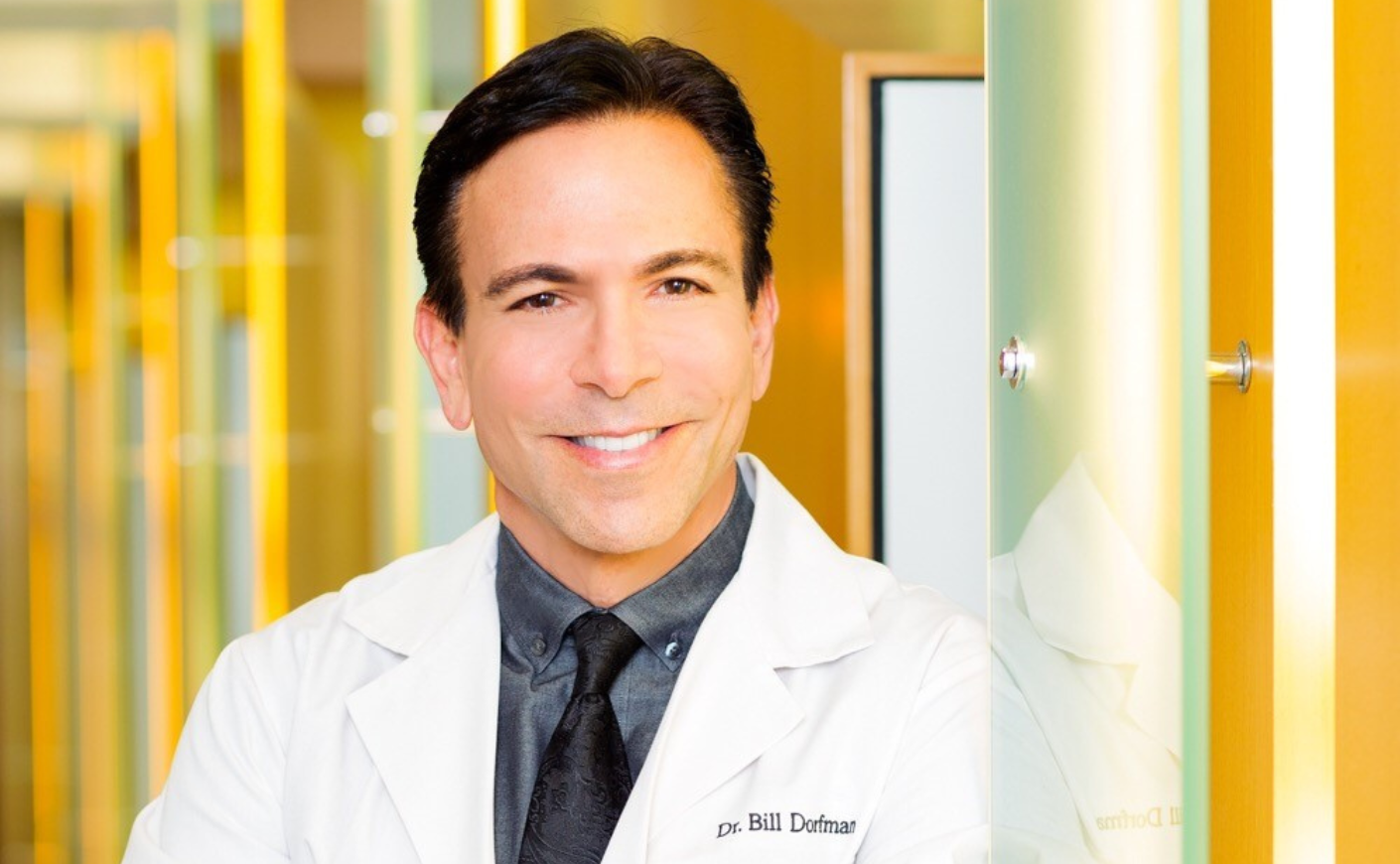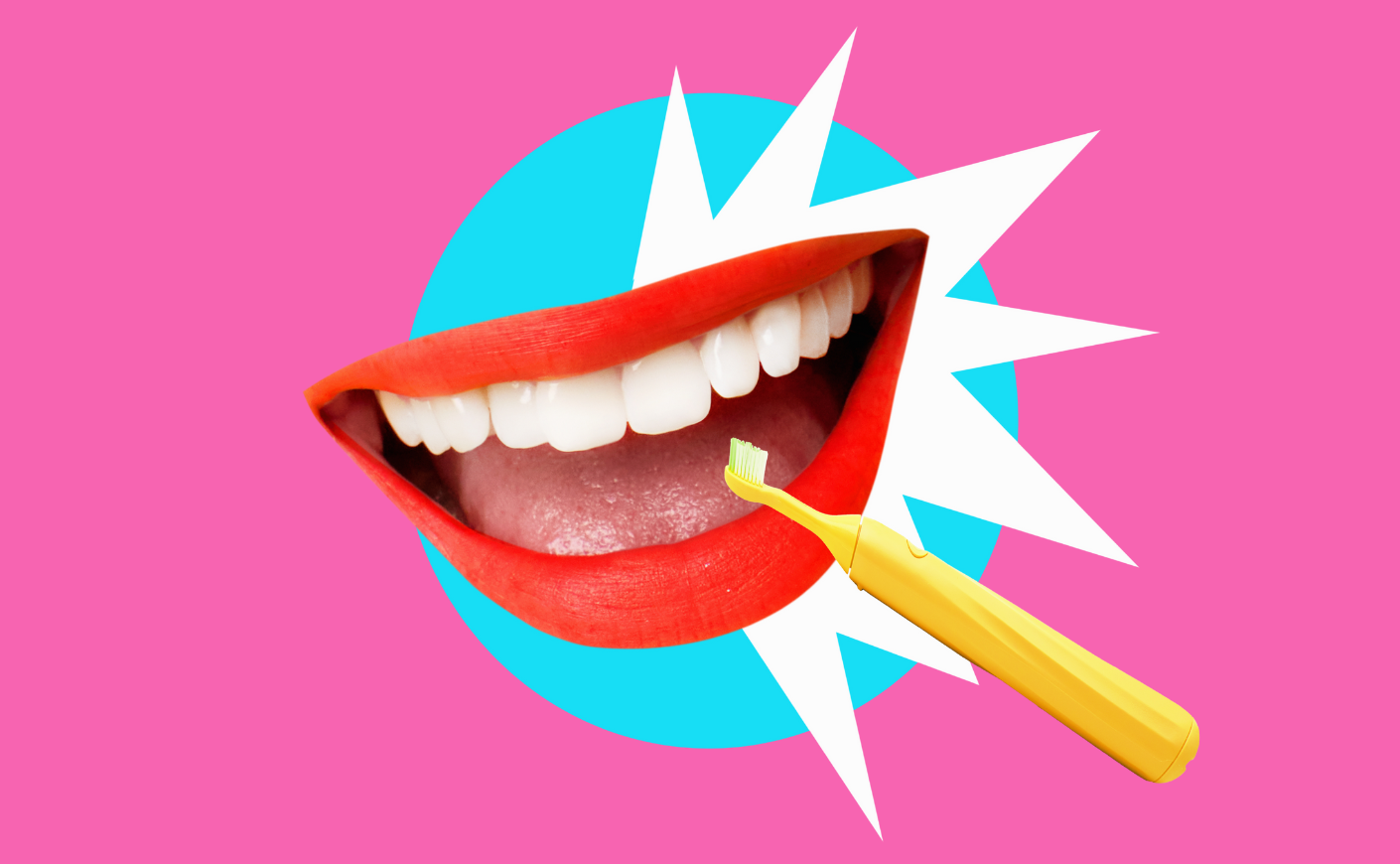We all know oral health is important — but beyond “brush and floss twice daily,” the details get fuzzy fast. Are you supposed to do something special for crowns? Should implants be on your radar? And is a Waterpik a game-changer…or just a glorified squirt gun?
These are just a few of the questions you sent to us about dental care — and we’ve brought in a pro to get you some answers. We’ve invited Bill Dorfman, DDS, a leading dentist you may recognize from his recurring appearances on The Doctors, to discuss everything from implants, how to banish bad breath, what to look for in a whitening product, and a whole lot more.
Reader Q: What is deep teeth cleaning, and is it worth the extra cost?
Dr. Dorfman: A deep cleaning goes beneath the gumline to remove plaque and tartar that regular cleanings don’t typically reach. It’s essential if you have signs of periodontal disease (like bone loss or pockets). If your dentist recommends it, it’s probably because you need it. Skipping it could mean more bone loss or even eventual tooth loss. Is it worth the cost? 100 percent. It’s not cosmetic, it’s foundational to your oral health.
Do you recommend using a Waterpik?
I would recommend using a Waterpik if you have braces, bridges, or implants, or if you’re prone to gum inflammation — but a Waterpik is not a replacement for flossing. Although it can assist those with mobility issues or get into hard-to-reach places, such as between brace brackets, it won’t be able to get between the teeth as well as traditional floss will. So, I’d rather you use a Waterpik than nothing, but flossing is always the best option.

What can I do about my boyfriend’s bad breath? He brushes, flosses, and uses a Waterpik two to three times a day. What else can he do?
Even people with excellent oral hygiene can suffer from bad breath. If he’s brushing, flossing, and using a Waterpik diligently, it might be time to explore alternative solutions. Bad breath can stem from bacteria on the tongue, tonsil stones, dry mouth, or even gut health. Ninety percent of oral malodor (aka bad breath) comes from the tongue. I recommend that he try a tongue scraper, stay hydrated, and limit his consumption of coffee and alcohol. If the bad breath persists, have him see a dentist to rule out gum disease. It’s not always about brushing more; it’s about finding the source of the problem and making the necessary changes in his routine to solve it. If all else fails, I’d recommend sugar-free gum or mints.
Should we be concerned about lead in toothpaste? What brands would you recommend?
Yes, unfortunately, some imported or non-FDA-regulated toothpastes have been found to contain trace amounts of heavy metals. Stick with reputable, ADA-approved brands. I also always recommend my patients use fluoridated toothpaste. Personally, I would avoid anything that’s not clearly labeled or comes from unknown online sellers. When it comes to what goes in your mouth daily, it’s better to be safe than sorry.
The enamel on my teeth has worn down. What can be done?
Once enamel is gone, it doesn’t grow back, but we do have solutions. A few options are bonding, veneers, or crowns. All of these can restore the natural look of your teeth and keep them protected. I also recommend you use a low-abrasion toothpaste and avoid acidic drinks. You can also have your dentist evaluate you for tooth grinding. Grinding is a leading cause of enamel wear, and a custom nightguard made by your dentist can help.
What is the best way to whiten teeth at home?
Generally, when seeking an at-home teeth whitening solution, look for a product that contains either hydrogen peroxide or carbamide peroxide. If the product you’re looking at doesn’t have either of those ingredients, it won’t actually whiten your teeth. The most it’ll do is remove surface stains, but it won’t whiten the structure of your teeth.
We just launched a new tooth whitening strip called POOOF! — now available on Amazon. POOOF! Whitens your teeth 37 percent faster than the leading tooth whitening strip in a 10-day in vitro study. It’s also made with a zero-sensitivity formula and tastes great. The strips actually dissolve in 10 to 15 minutes on your teeth, so it’s fast, easy, and convenient.
Any advice before I get implants?
Implants are one of the best long-term solutions for missing teeth, but they require some planning:
- Have your dentist check that your bone density is sufficient. If not, a bone graft may be needed.
- Choose an experienced surgeon and restorative dentist. This is not something you want to bargain-shop for.
- After placement, follow all care instructions as advised by your dentist. If done right, implants can last decades, or even a lifetime.
Fluoride — yea or nay?
Yea! Fluoride is proven to prevent cavities and strengthen enamel. If you’re at high risk for decay, it’s a great preventive tool. If you have fluoridated water, make sure the amount is ideal. Too much is not beneficial. Use fluoridated toothpaste, too. Most adults also benefit from topical fluoride during their regular teeth cleanings. Unless you have a medical contraindication, I would always choose to use fluoride.
The information provided in this article isn’t intended as medical advice, and shouldn’t replace professional medical treatment. Consult your healthcare provider with any serious health concerns.









